
The Calouste Gulbenkian Museum houses one of the world's most important private art collections. It includes works from Ancient Egypt to the early 20th century, spanning the arts of the Islamic World, China and Japan, as well as the French decorative arts, the jewellery of René Lalique and some of the most important painters of all times works such as Rembrandt, Monet, Rubens, Manet, Renoir, Degas and Turner.
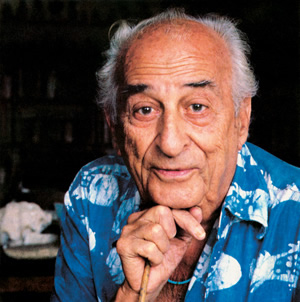
Héctor Julio Páride Bernabó was an Argentine-Brazilian artist, researcher, writer, historian and journalist. His nickname and artistic name, Carybé, a type of piranha, comes from his time in the scouts. He died of heart failure after the meeting of a candomblé community's lay board of directors, the Cruz Santa Opô Afonjá Society, of which he was a member.
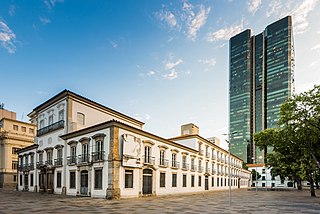
The Paço Imperial, or Imperial Palace, previously known as the Royal Palace of Rio de Janeiro and Palace of the Viceroys, is a historic building in the center of the city of Rio de Janeiro, Brazil. The Paço Imperial was built in the 18th century to serve as a residence for the governors of colonial Brazil. From 1808, it was used as a royal residence by King John VI of Portugal as King of Portugal and later also as King of Brazil. In 1822 it became the city palace of the monarchs of the Empire of Brazil, Pedro I and Pedro II, who used it not as a residence, but as a workplace. It was one of the main political centers of Brazil for nearly 150 years, from 1743 to 1889.

The Quinta da Boa Vista is a public park of great historical importance located in the São Cristóvão neighbourhood, in the North zone of the city of Rio de Janeiro, Brazil. The park was part of the gardens of the São Cristóvão Palace, the residence of the King of Portugal and then the Emperors of Brazil in the 19th century and the home of the Zoological Garden of Rio de Janeiro, with over 2000 species of animals. The building of the old palace hosted the National Museum, with collections on natural history, ethnology and archaeology.
Fernando Luís Cardoso de Meneses de Tavares e Távora, ComSE, simply known as Fernando Távora, was a renowned Portuguese architect and professor.

Fernando Flávio Marques de Almeida was a Brazilian geologist considered to be one of the top Brazilians concerned with the study. Almeida did the central works to understand the South American geology. He is the son of the first Brazilian generation of geologists who did the pioneering papers of the continent's geology. Marques de Almeida is a member of the Brazilian Academy of Sciences.
Francisco Laranjo was a Portuguese contemporary painter and educator.

Vila Isabel is a middle-class neighborhood in the North Zone of Rio de Janeiro, Brazil. Known for being one of the cradles of samba in Brazil, it is located in the subprefecture of Grande Tijuca, its music-themed Boulevard 28 de Setembro celebrates the neighborhood's long musical heritage. The neighborhood was named in honor of Brazilian Princess Isabel, renowned for abolishing slavery in Brazil. It is home to Unidos de Vila Isabel, one of the most traditional samba schools in Rio de Janeiro.
Gulbenkian Prize is a series of prizes awarded annually by the Calouste Gulbenkian Foundation. The main Gulbenkian Prize was established in 1976 as the Gulbenkian Science Prize awarded to Portuguese individuals and organizations.

Muriqui is a district of the municipality of Mangaratiba, located within the Greater Rio de Janeiro, Brazil. It is part of the Green Coast. Highway BR-101 passes through the district.
The following is a timeline of the history of the city of Rio de Janeiro, Brazil.
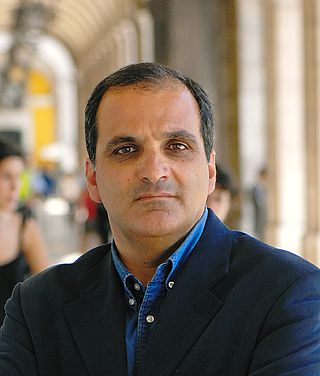
Walter Rossa is architect, urban planner, researcher and Professor of University of Coimbra.
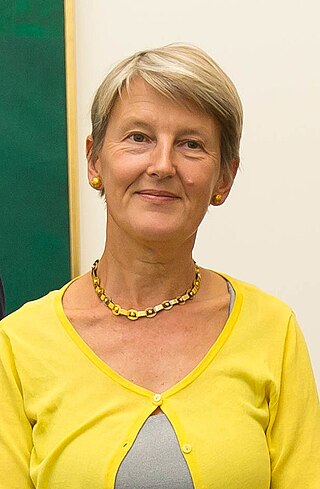
Penelope Curtis is a British art historian and curator. Fom 2015 to 2020 she was the director of Lisbon's Museu Calouste Gulbenkian, and from 2010 to 2015 director of Tate Britain. She is the author of several monographs on sculpture and has written widely at the invitation of contemporary artists.
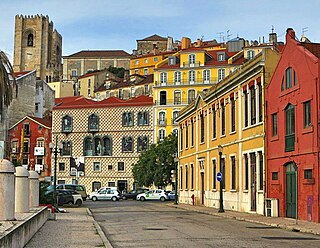
Lisbon is one of the most popular city destinations in Europe. The city of Lisbon and the Lisbon metropolitan area attracts a significant number of tourists each year, drawn to its historical and cultural heritage, good transportation connections and good touristic infrastructure.
Maria Lynch Rio de Janeiro born 1981 is a Brazilian artist
The following is a timeline of the history of the city of Porto Alegre, in the state of Rio Grande do Sul, Brazil.
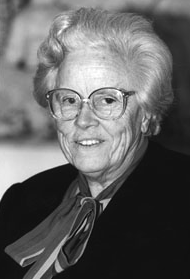
Maria de Lourdes Belchior Pontes• Großes Verdienstkreuz • GCRB • Officier • GCIH • ComSE • GCIP •, was a Portuguese writer, poet, professor and diplomat who lived in Portugal, Brazil, France and the United States of America.

Graça MoraisGOIH is a Portuguese artist. A member of the Academia Nacional de Belas-Artes of Portugal, she was made a Grand Officer of the Order of Prince Henry in 1997. She is married to the musician Pedro Caldeira Cabral.
Carlos Mascarenhas Martins de Azevedo was a Professor in the history of art and architecture and a curator at the National Museum of Contemporary Art Portugal. Considered an important figure in the promotion of Portuguese culture, as well as for his research work, he was honoured with a colloquium “Homenagem a Carlos de Azevedo” on the centenary of his birth that took place at the São Roque Museum of the Santa Casa Da Misericórdia de Lisboa in May 2018.

The colonial architecture of Brazil is defined as the architecture carried out in the current Brazilian territory from 1500, the year of the Portuguese arrival, until its Independence, in 1822.














